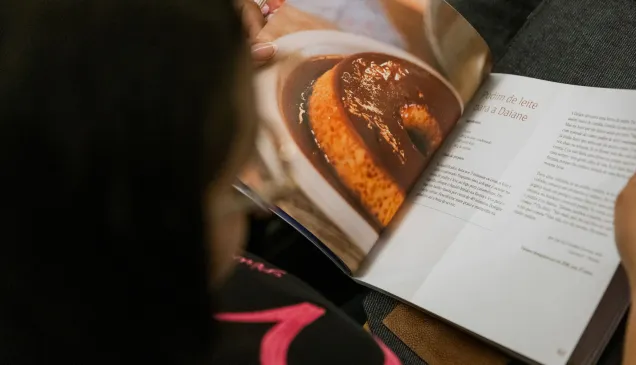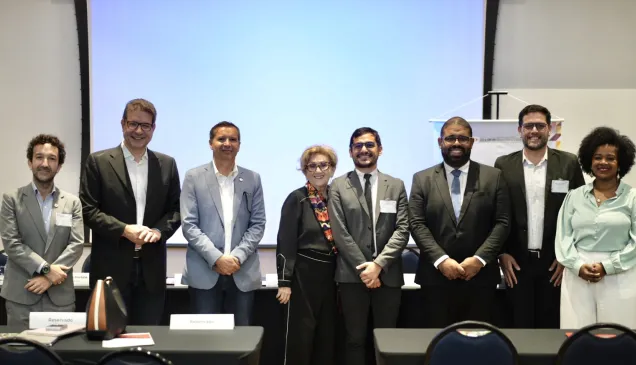The Unfulfilling Void
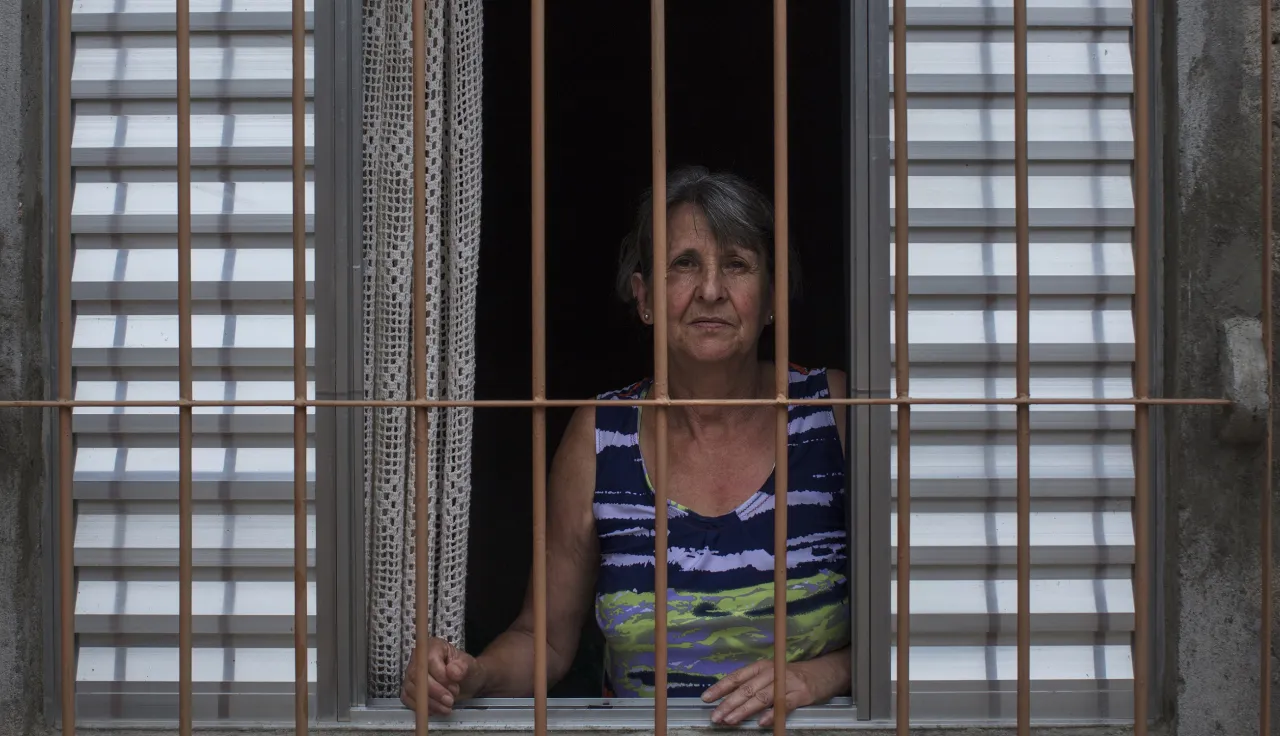
From 2007 to 2017, there were 786.071* cases of missing people in Brazil and 82.684 reports only in 2017.
*Data from the Yearbook published by the Brazilian Public Safety Forum (FBSP) in 2017 and 2018.
The unceasing search for the missing person and the fact of not knowing if their relatives are alive or dead may bring serious consequences for the people involved, families and friends. Relieve their pain is on of the International Committee of the Red Cross' priorities in Brazil and in the world.
In Brazil, the ICRC follows up the families of missing people in order to understand their needs. With combining knowledge of the local reality and global experience, recommendations are provides to the Brazilian authorities. Capacity-building in different areas are also provided, working together with the authorities and the civil society to give support to improve the answers given to the families and in the search for missing people.
In the whole world, the ICRC works for the implementation of the International Convention for the Protection of All Persons from Enforced Disappearance and for the adoption of a concept of disappearance that goes beyond the disappearance caused by State actions. Thus, it believes that the mechanisms for the search of missing people and the attention given to their families may provide responses to the humanitarian suffering and to the common needs affect all cases, regardless the circumstances.
The needs of the families of missing people during military regime
The ICRC interviewed 58 families of 32 missing people during the military regime in Brazil to understand their needs. The result can be seen in the publication "The Empty Chair in that Table". (in Portuguese).
About the exhibition
The International Committee of the Red Cross (ICRC) presented the exhibition " The Unfulfilling Void" in the Museum of Image and Sound (MIS) in São Paulo. With the images from Marizilda Cruppe and artistic direction of Rogério Costa, the exhibition portrays the difficult daily life and uncertainties lived by the families of missing people.
This reality lived by thousand of families around the world is the result of different critical circumstances like urban violence, environmental catastrophes, armed conflicts, migration and other humanitarian crises.
From August 2016 to December 2017, Marizilda and the ICRC's team visited houses in Curitiba, Maceio, Rio de Janeiro and São Paulo where they listened to the histories of parents, daughters and sons, grandparents, and uncles and aunts of missing people, of which the destiny and whereabouts were never answered. The videos were produced by the production company Realejo.
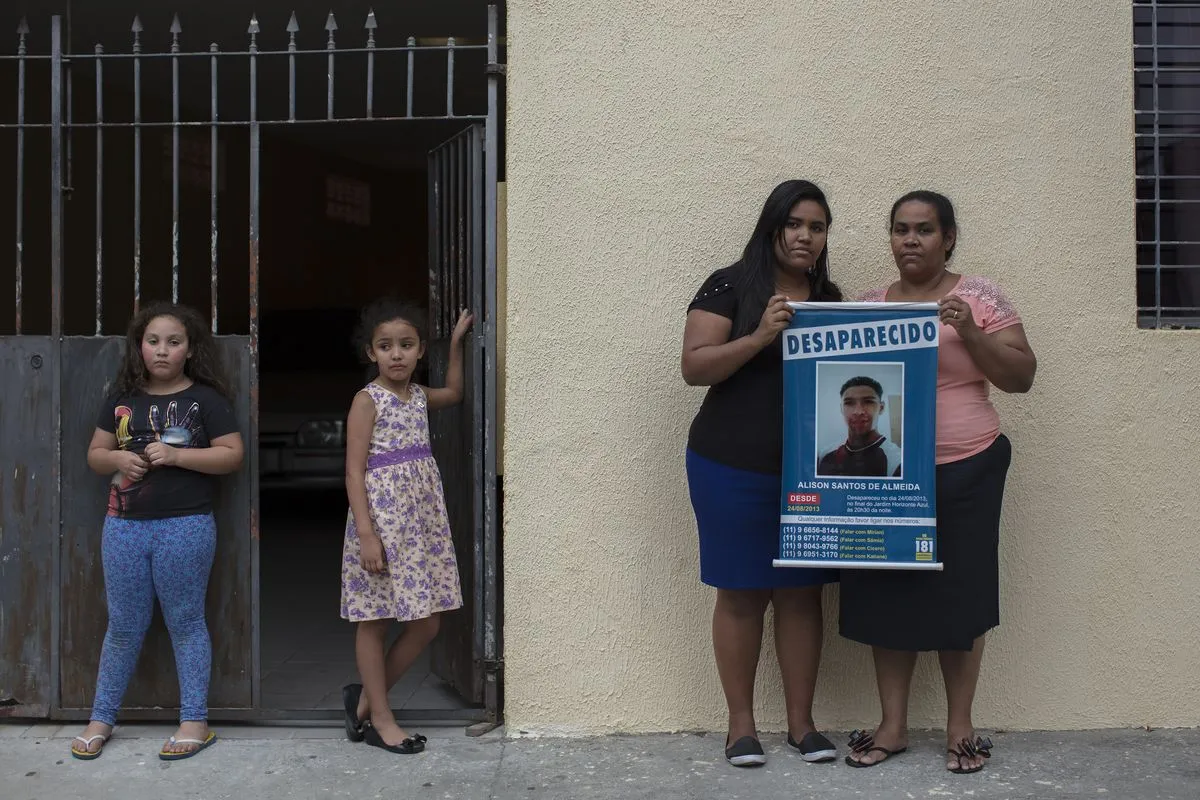
The Almeida family
"What brings me joy and comforts me is when someone tells me 'don't give up, you will find your son, everything will be all right'" – Miriam dos Santos Almeida, mother of Alison Santos Almeida – missing.
Since 24 August 2013, Mirim dos Santos Almeida cannot find her son, Alison. "Good night, mom, sleep well. I love you mom". This was the last conversation Miriam had with her son by telephone in a night of August 2013. Since then, the Almeida family searches for Alison throughout the entire city of São Paulo. The family, in order to insist for the search and to strengthen themselves, united with other families from the group Mother's of Sé (Mães da Sé).

The Campioto family
"My life has stopped, I don't go to doctors anymore, my family collapsed. There are some days that I stand up and I feel my flash trembling. Then, they give me pills to sleep but I don't sleep, 3 a.m. I'm awake. It's a terrible experience, I spend 24 hours thinking about him." – Dalva Campioto, mother of Leonardo Campioto – missing.
Dalva and Carlos Campioto have been waiting for ten years for an answer on the whereabouts of their son, Leonardo de Souza Campioto, who disappeared when he was 27 years old. The last time they saw him, Leonardo was playing with his newborn son on the couch. Leonardo was unemployed and was freelancing with pickup jobs. One night he left to make a delivery and did not come back. Since then, his parents live to search for information about their son, an unceasing journey throughout police stations, Forensic Medicine Facilities (IMLs) and lawyers.

The Capistrano family
"Our expectation regarding this searches for missing people, evidently, after so long, is to tell as accurate as possible the reality of these histories. Our interest has always been to spread out this issue (the disappearance). We are talking about over 40 years."- Maria Cristina Capistrano, daughter of David Capistrano – missing,
Maria Carolina Capistrano has been waiting for over four decades for some information about her husband's destiny, David Capistrano da Costa. He disappeared along with a friend on March 1974, and since then, his family is trying to know his whereabouts. Like Maria Carolina, her two daughters and Capistrano's granddaughter also wait for the upshot of this history. Cecília Capistrano Bacha, David's granddaughter, believes it is important to continue gathering the information on his grandfather. Cecília tells that the family only accepted his death after the 1979's Amnesty Law, when, unlike they expected, he did not come home.
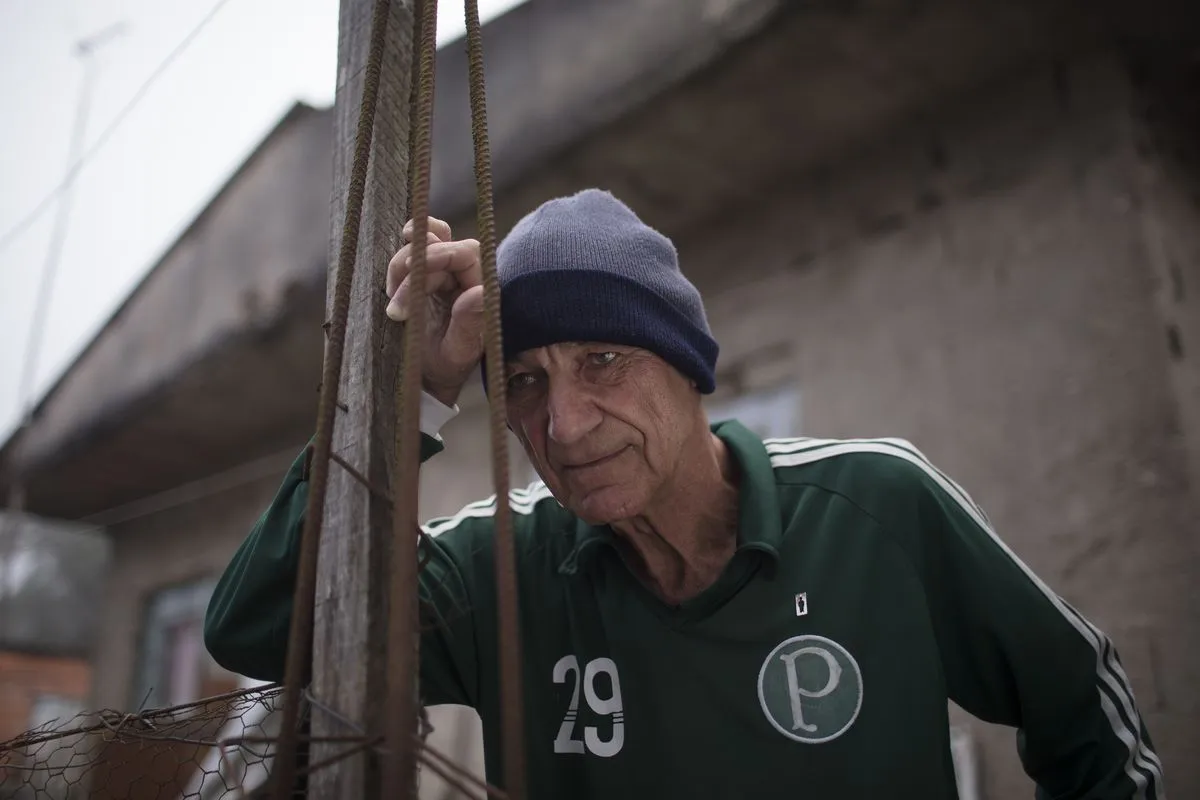
The Cruz family
"How many Robsons there are? How many missing people? I see these people in the Sé Square, these people that have relatives that are missing. We collapse, we feel, it is so embarrassing, so torturing." - Leonardo da Cruz, father of Robson Roberto da Cruz – missing.
Robson Roberto da Cruz, son of Leonardo da Cruz e Izilda Maria Pesolato, disappeared on June 2016, on his mother's birthday. Diagnosed with schizophrenia, he left the house only with his body clothes and was never seen again. On May 2018, the family received a phone call: right after disappearing, Robsn was rescued by São Paulo's Rescue Service. He was hospitalized for a month and passed away. He was buried unidentified or with a notification to his parents that searched for him since the fist day he disappeared. Now, the family demands a new grave and the right to guarantee his deserved rest.

The Damasceno family
"We have 50% of chance to find them alive and 50% of chance to find them dead. But it doesn't matter, because they will come back to us. We have to be prepared; we need to be sure of what happened to our disappeared ones. And even if I find him, I won't stop helping others."- Lucineide Damasceno, mother of Felipe Damasceno – missing.
Lucineide Damasceno looks for an explanation on the whereabouts of her son, Felipe, since November 2008, when he left the house in his motorbike to visit a friend and never came back. Since then, she started to suffer from panic attacks, specially in crowded places, and faces difficulties to have her son's case investigated with due diligence. As a way to remember her son, she had her back tattooed, since this was Felipe's old wish.
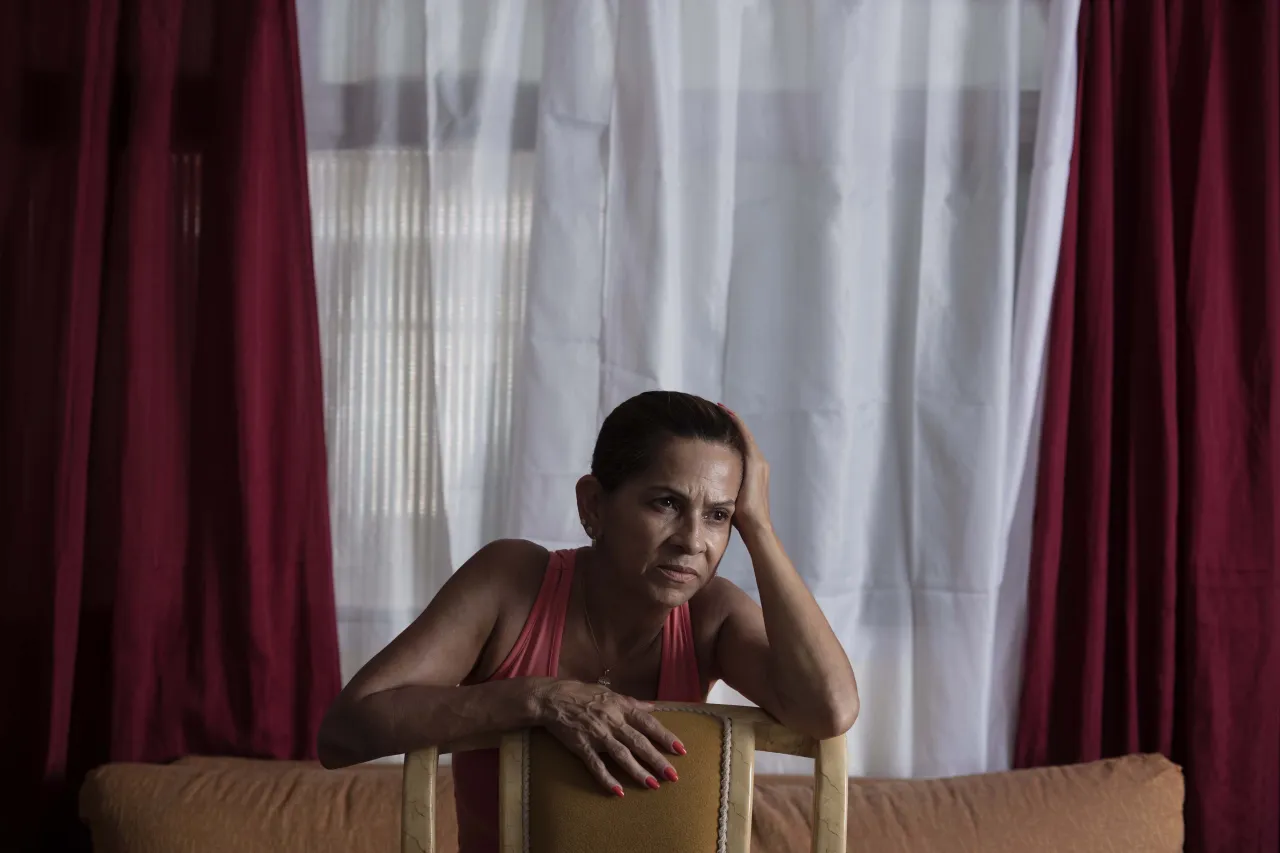
The Esperidião family
"Each day that passes by, each year that goes by increases the pain. It is like a growing wound. If I had buried my daughter, I would have got used to not seeing her anymore, but not knowing what happened is killing me slowly." – Ivanise Esperidião, mother of Fabiana Esperidião – missing.
Ivanise Esperidião's search for her daughter started on Christmas Eve 1995,. At the time, Fabiana Esperedião, 13 years old, had gone to a friend's birthday party along with another friend of the same age. The party was less than 300m away from Fabiana's house. On the way back, Fabiana did not go back with her friend and, since then, she was never seen again. The difficulties to find support and information made Ivanilse found in 1996, the Brazilian Association for the Search and Defense of Missing Children (Associação Brasileira de Busca e Defesa à Criança Desaparecida), an organization that later became known as Mothers of Sé.
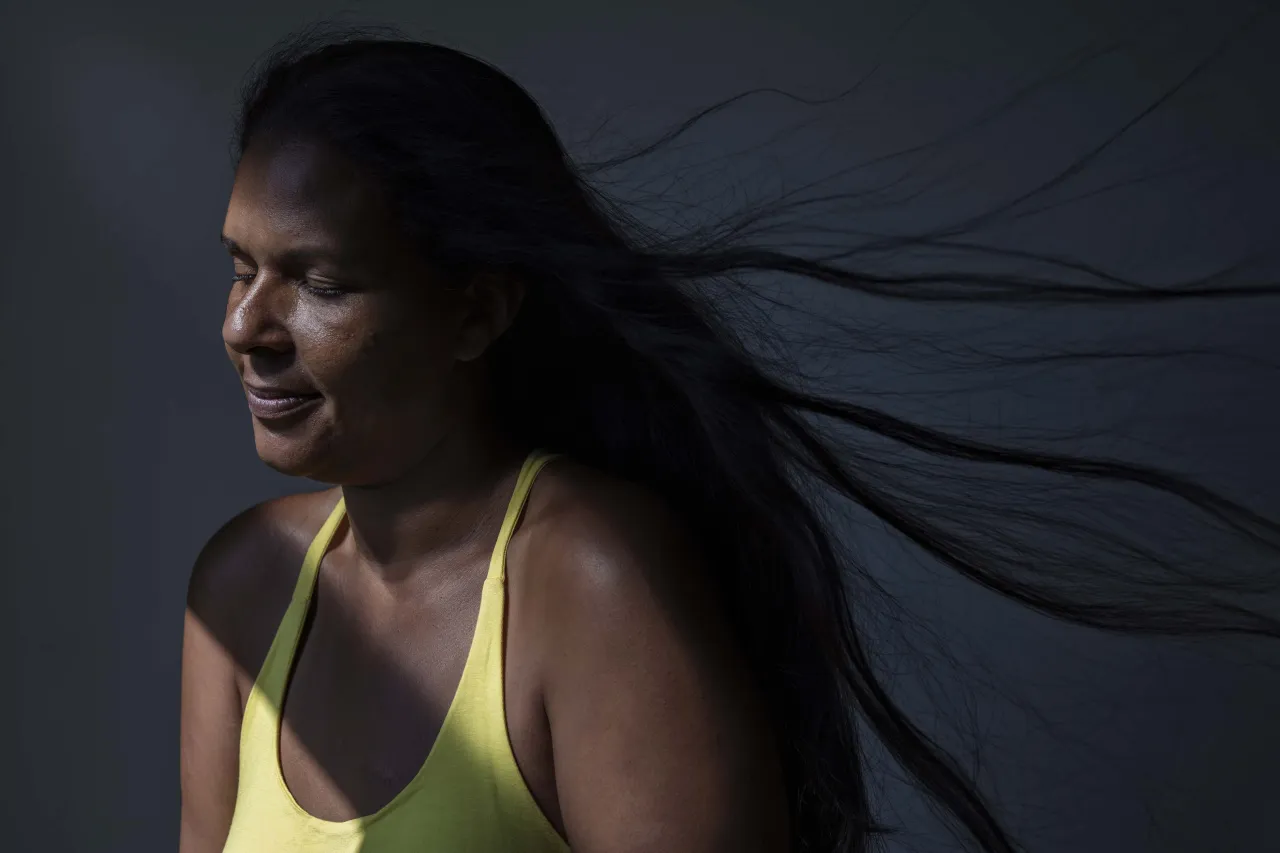
The Inácio family
"I don't believe his alive or without sequels, otherwise, he wouldn't leave in this situation. We always keep this 1% of hope, but if he's not alive, I hope I can have the answer." – Debora Inácio, mother of Kaio Alves Inácio – missing.
For about 5 years, Debora has been looking for her son, Kaio, who disappeared after going to a party at a friend's house and sleeping out. She even talked to Kaio by telephone for the last time, when he said he was going to solve some problems and since then, she never had any information about him. Debora visited several police stations, hospitals and Forensic Medicine Facilities (IMLs) in search for her son. After a long period of depression, she found support and managed to face the trauma of going back to the coast, where Kaio disappeared.

The Massena family
"They (her children) grew up and left and I stayed here by myself. I will be 100 years old and I hope that by then I have some information about his disappearance, some truth about it. I think when we live in a place for so long, we grow roots. We get attached to the house and the memories. João made this gate himself. It used to be there, but we brought to the garden."- Ecila Massena, wife of João Massena – missing.
João Massena Melo, former City Councilor and Representative for Rio de Janeiro, disappeared on April 1974. Decades after João's disappearance, the issue is still a taboo for the Massena family, although they all agree he is dead. João's disappearance represented a stigma for his family – the house where they lived was known in the neighborhood as the "communist's house", which led several member of the family to struggle with psychological issues.
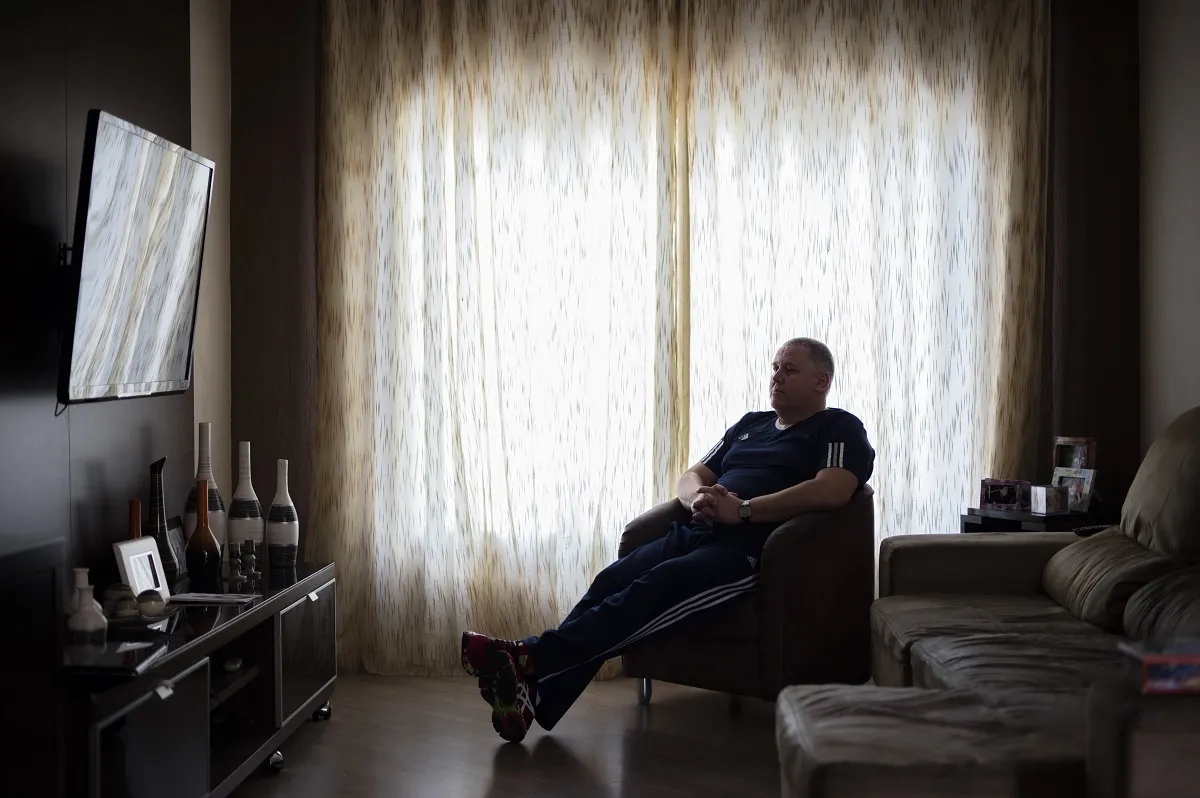
The Messut family
"I didn't know who my father was. I had no idea." – Grenaldo Erdmundo Messut, son of Grenaldo Messut – missing.
Grenaldo Messut did not know the history about his father, the sailor Grenaldo de Jesus Silva, who disappeared on May 1975, when he was 4 years old. For over thirty years, he had no information about him. Grenaldo only founnd out about him when, years later, a relative of his wife saw an article about his father. Around the year 2000, Grenaldo began to search and find out the truth about his father, and even now he gets emotional when he talks about him.
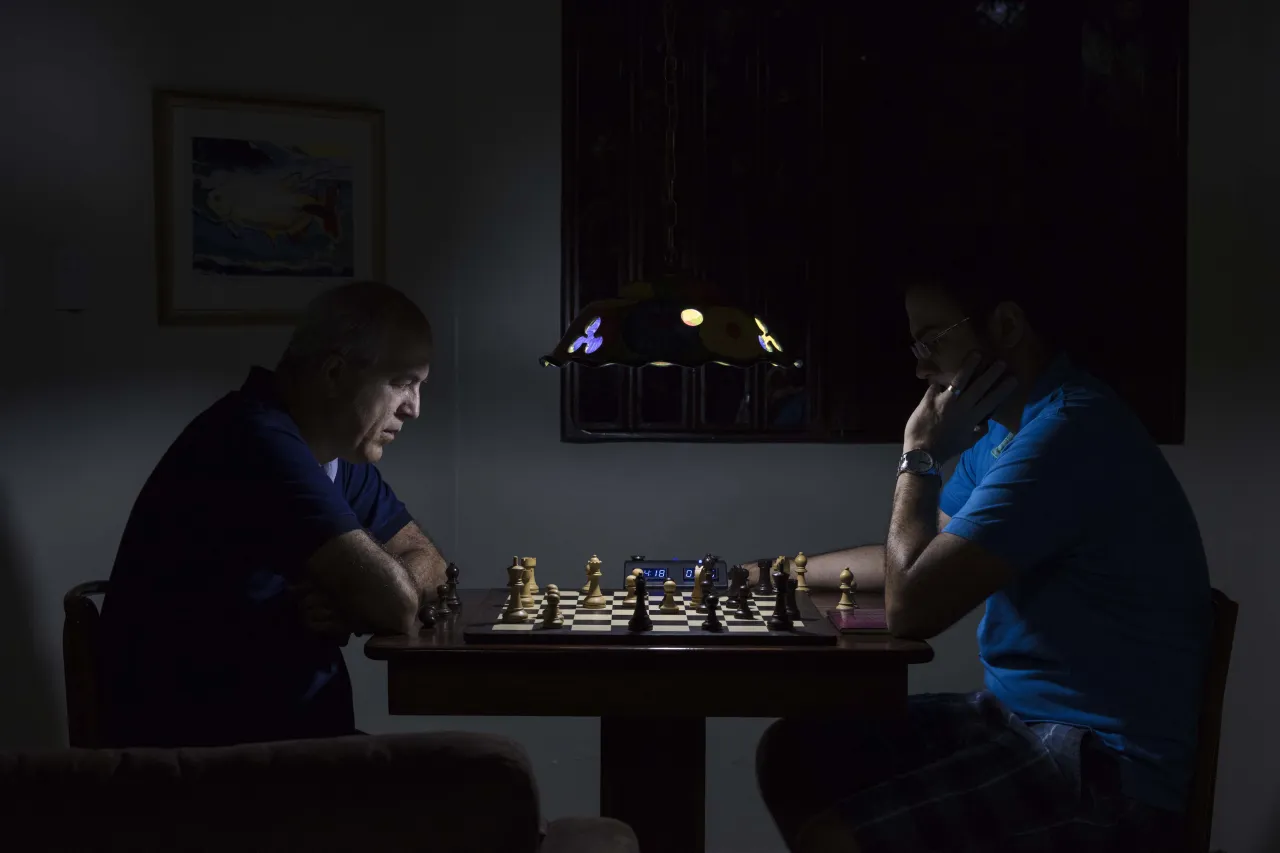
The Miranda family
"I have the right to know what happened to my husband's remains, don't I? My children and I, the entire family, we tried to find, to rescue this history that is so hard. After all, I spent my whole life struggling, always waiting for information and always wanting to know. And I believe this is everybody's right."- Elza Miranda, wife of Jayme Amorim Miranda – missing.
The journalist and lawyer, Jayme Amorim Miranda, disappeared in 1975, leaving his wife, Elza Miranda, alone to raise their children. It has been years of difficulties. Since he did not returned after the Amnesty Law in 1979, the family started to believe that he is dead.

The Nascimento family
"We know that when someone dies, there's nothing else to do, but when someone is missing, we don't know if he is eating, drinking, sleeping. It's a nightmare."- Valmir do Nascimento, brother-in-law of Teodomiro Bernardo dos Santos - missing
Born in the State of Ceara and the middle child of a family of 12 children, Teodomiro Bernardo dos Santos lived, like most of his family, in the outskirts of São Paulo, where he moved when he was young searching for better opportunities. In November 1995, when he was being treated in a psychiatric hospital, Teodomiro left by the front door of the institution and was never seen again by his family. Right after his disappearance, the entire family united to find him. Over the years, his sister, Zélia dos Santos Nascimento and mostly his brother-in-law, Valmir Nascimento, took over the mission to keep looking for him, which they actively do.
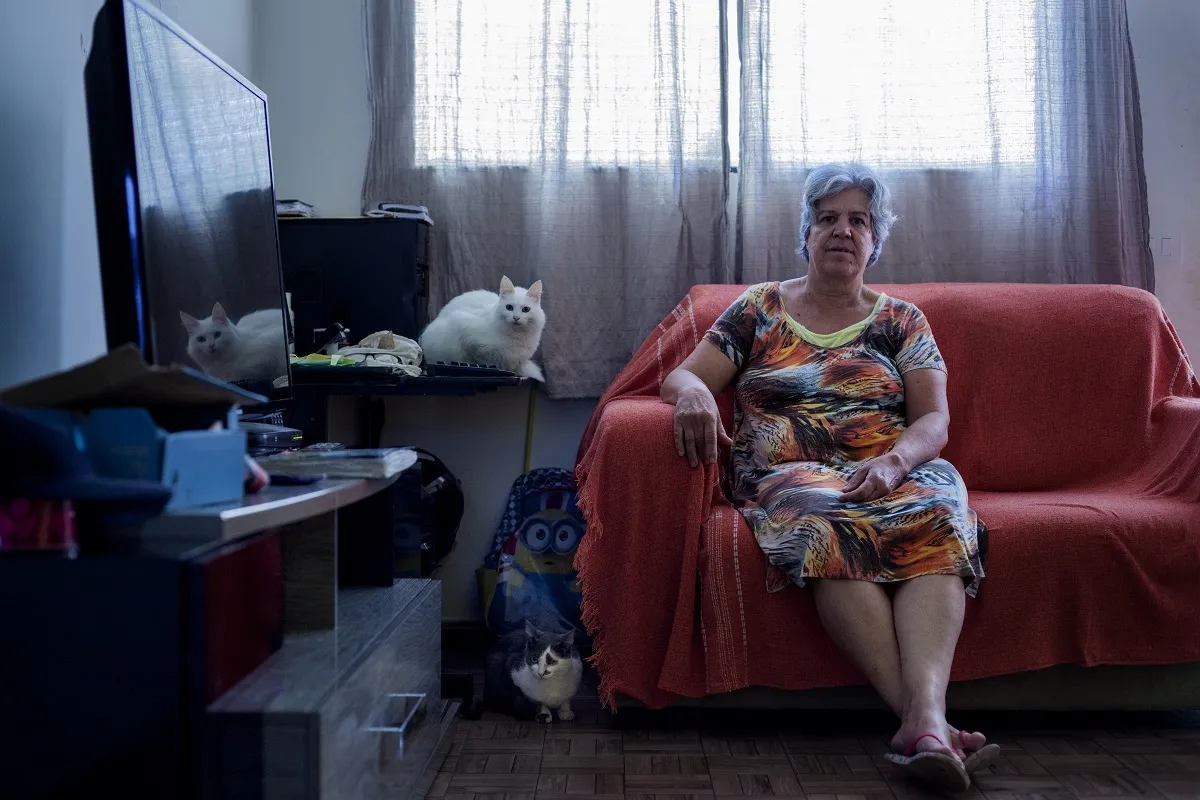
The Padilha family
"One morning he left to look for a truck part and never came back. Will I ever have the answer?"- Vilma Padilha, daughter of José Padilha – missing.
Vilma Teresa Padilha lives with her family and her pets in São Paulo. She was 13 years old when her father, the truck driver José Padilha Aguiar, disappeared in 1972. Since then, she looks for him with her own resources. Whenever she received tips that her father could be somewhere, she would cross the country to find him. After so many years, she never gave up. Vilma and her family's main issue is to receive a final response about her father's destiny and whereabouts.
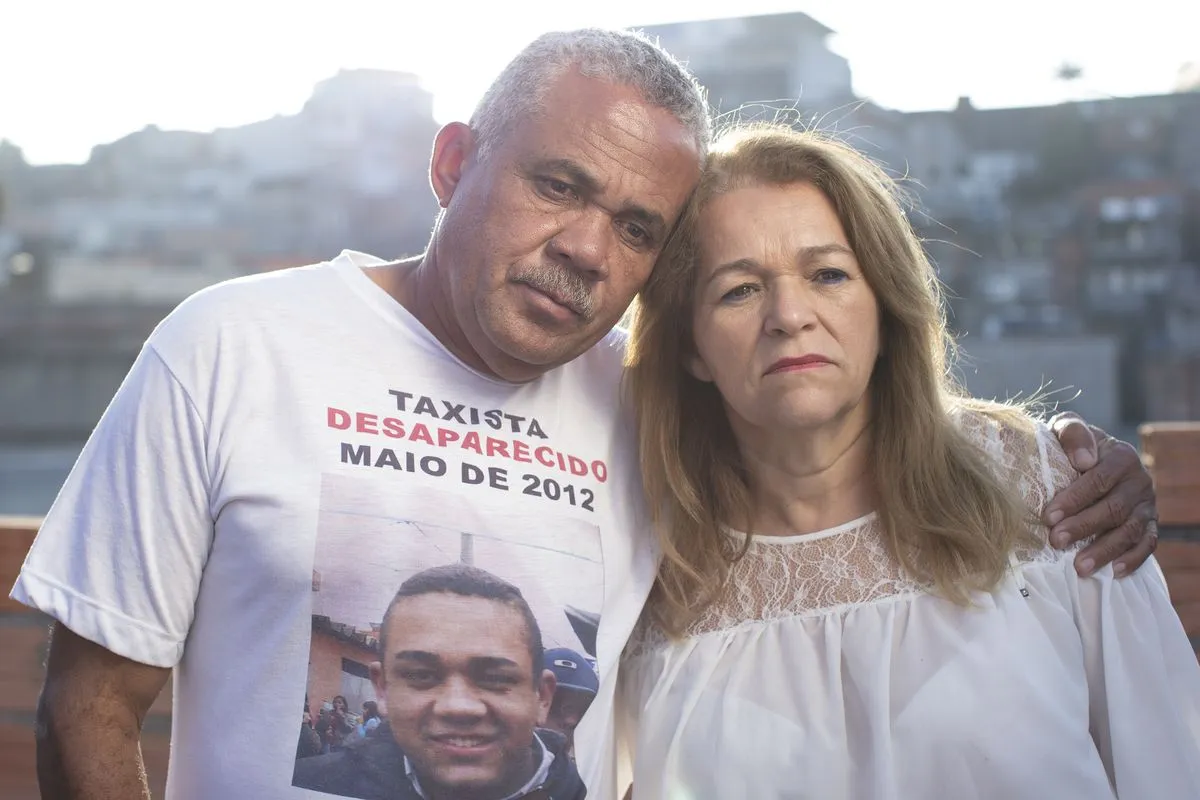
The Santos family
"Hope springs eternal in the human breast and I will find him any moment now." – Alberto Correia dos Santos, father of Rodrigo Correia dos Santos – missing.
Rodrigo Correia dos Santos has been missing for six years since he left for work on a normal Friday and never came back. Rodrigo was 22 years old; he was a taxi driver and lived with his parents, Alberto Correia and Zuleide Santos, and three other siblings. Since this day, the family searches unceasingly for São Paulos's neighborhoods.

The Torigoi family
"They wouldn't tell us anything. We couldn't even say his name, because they were afraid. I even called other relatives, but they don't want to get involved. They all get upset." – Célia Torigoi, niece of Hirohaki Torigoe.
The student, Hirohaki Torigoe, disappeared in 1972. His parents, farmers from Piracicaba in the State of São Paulo, searched for him and the authorities informed them that their son was dead. However, they never received his remains. His parents and grandparents did not tell the family's children what really happened to their uncle. The subject became a taboo for years. Only when they were teenagers they knew the truth, their uncle was missing.
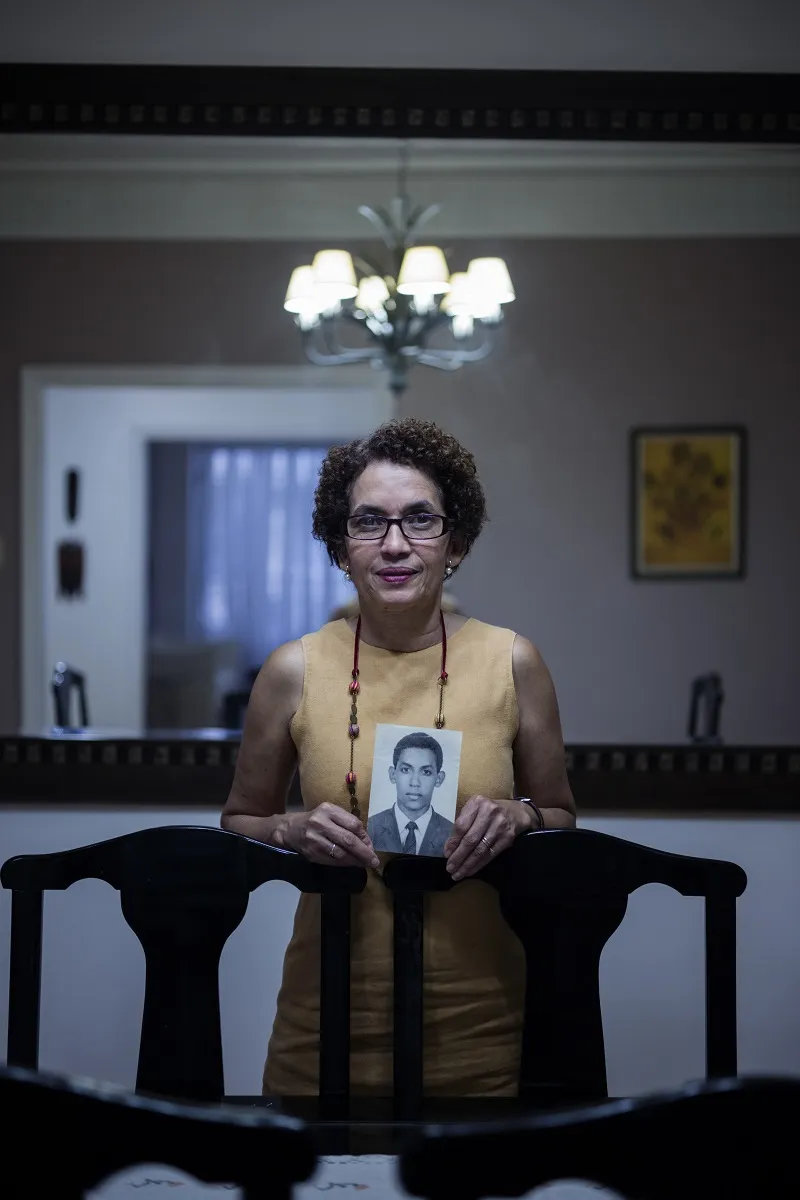
The Vasconcelos family
"I think the best way to recall my brother is talking about my mother. She wrote to every organization. She wrote to the Pope! My mother studied until the fourth grade. She'd go to Cinelândia with a poster saying 't's been three days, it's been four days, it's been 31 days' and so on." – Altair Vasconcelos, sister of Joel Vasconcelos – missing.
Joel Vasconcelos Santos disappeared in 1971. Since this year, his mother, Elza, started to look for her son, a journey she went through until the end of her life. She would go regularly to places where Joel could be. Her daughter, Altair, who still looks for him, witnessed her mother writing letters and going to the square everyday to clamor for information about her son. Still, even with all this mobilization, her family never received official information on his whereabouts.
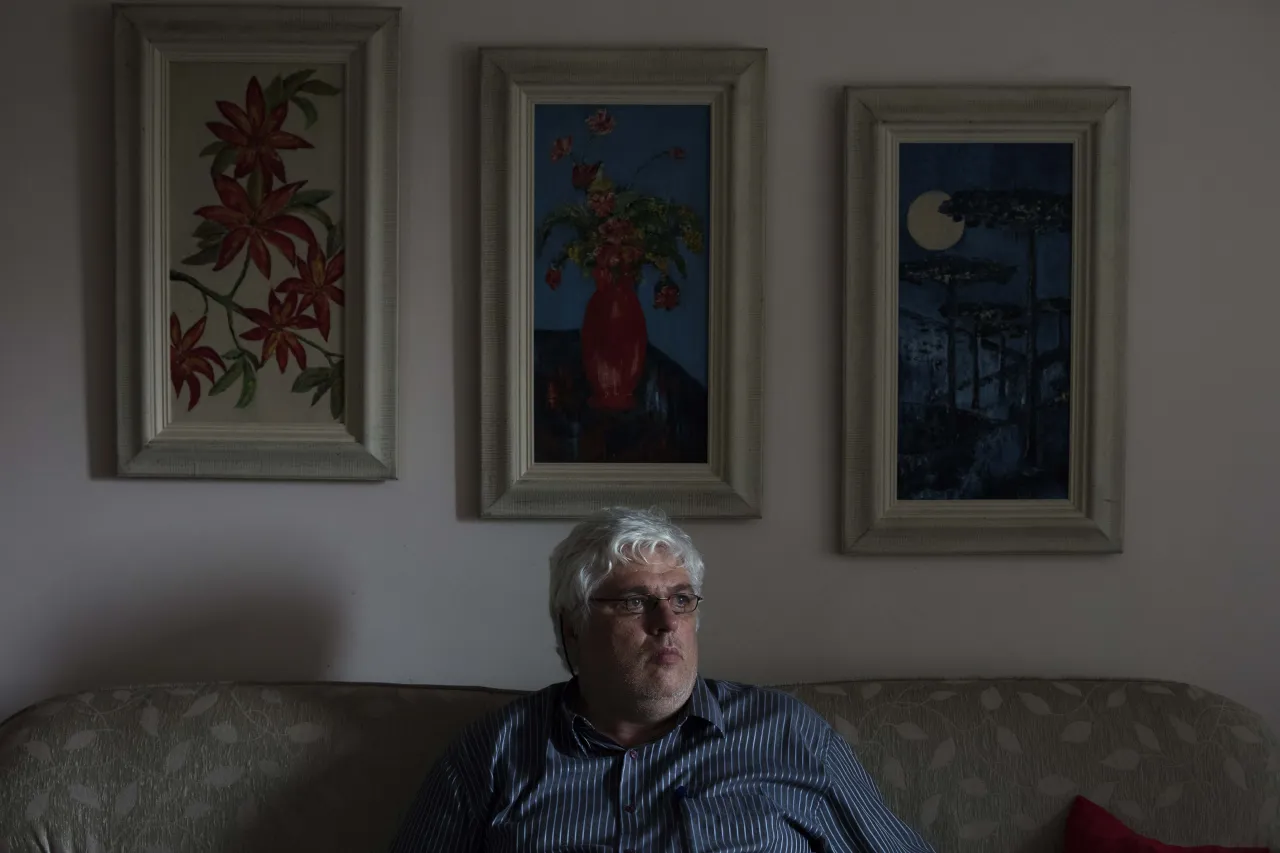
The Wright family
"The disappearance is something endless. We get up in the morning thinking about this, it's something unceasing. We don't have this event, the burial ceremony, so we have this person that wonders around us. We really need a ceremony, at least for me and close people." – João Paulo Wright, son of Paulo Stuart Wright – missing.
Son of American missionaries, Paulo Stuart Wright was State Representative of Santa Catarina. Active in the left political movement, he disappeared in 1973. Since then, his family tries to know his whereabouts.
About the photographer Marizilda Cruppe
As a mechanic technician, Engineering student and candidate for airplane pilot, Marizilda Cruppe found her true calling in photojournalism. She worked in the media, became an independent professional, founded a collective along with other female photographers, the EVE Photographers collective, which for five years has its work exhibited and published in ten countries. She was a photography instructor and participated in many international photographic awards, including the greater and most prestigious world photojournalism contest, The World Press Photo, in which she was one of the judges twice. She has photographed for Greenpeace, the International Committee of the Red Cross, Doctors Without Boarders, Oxfam and the World Bank, and collaborated with the New York Times, The Guardian, National Geographic – France, The Global Post, Svenska Dagbladet, Expressen, Trip, TPM and GQ.
About Rogério Costa
Rogerio Costa is an Art Director, Designer and Visual Artist and is in charge of the video mapping art direction of the Exhibition 'The Unfulfilling Void'. He is an artist with almost four decades of experience working in cinema, theater, television, shows and events. Among his main videographic and video mapping projects is the development of the motion graphic project for the video mapping projection of the ecosystems cube at the Museum of Tomorrow and the videographic creation of the Radio Room at the Football Museum.

